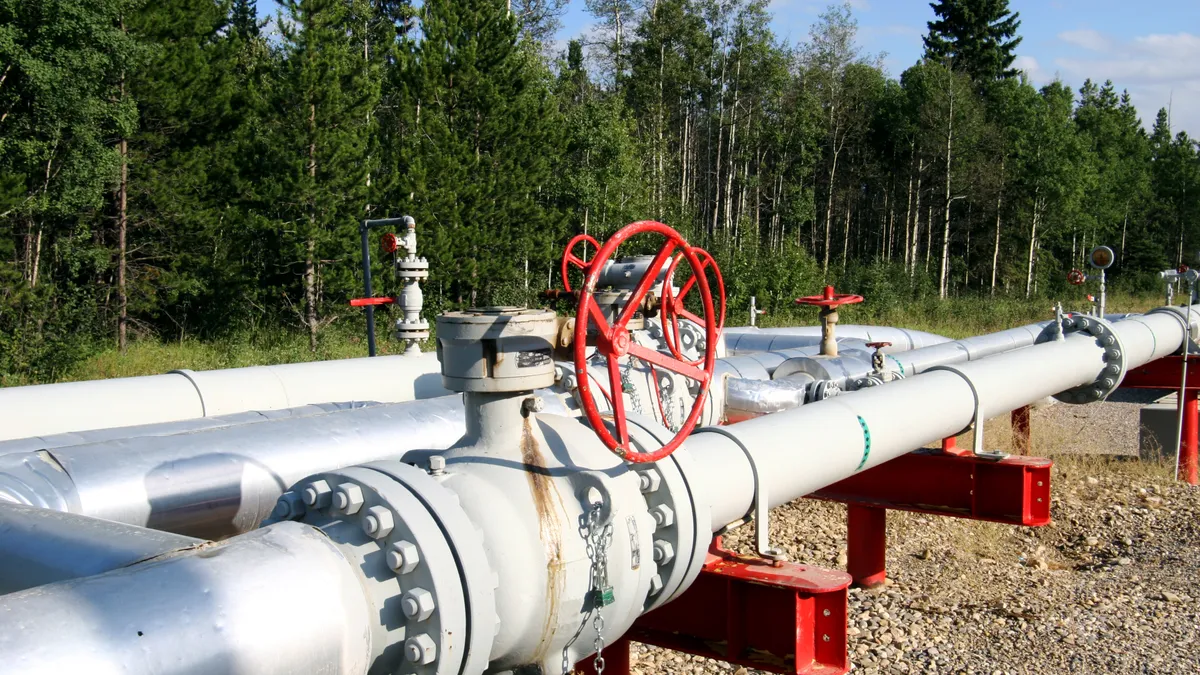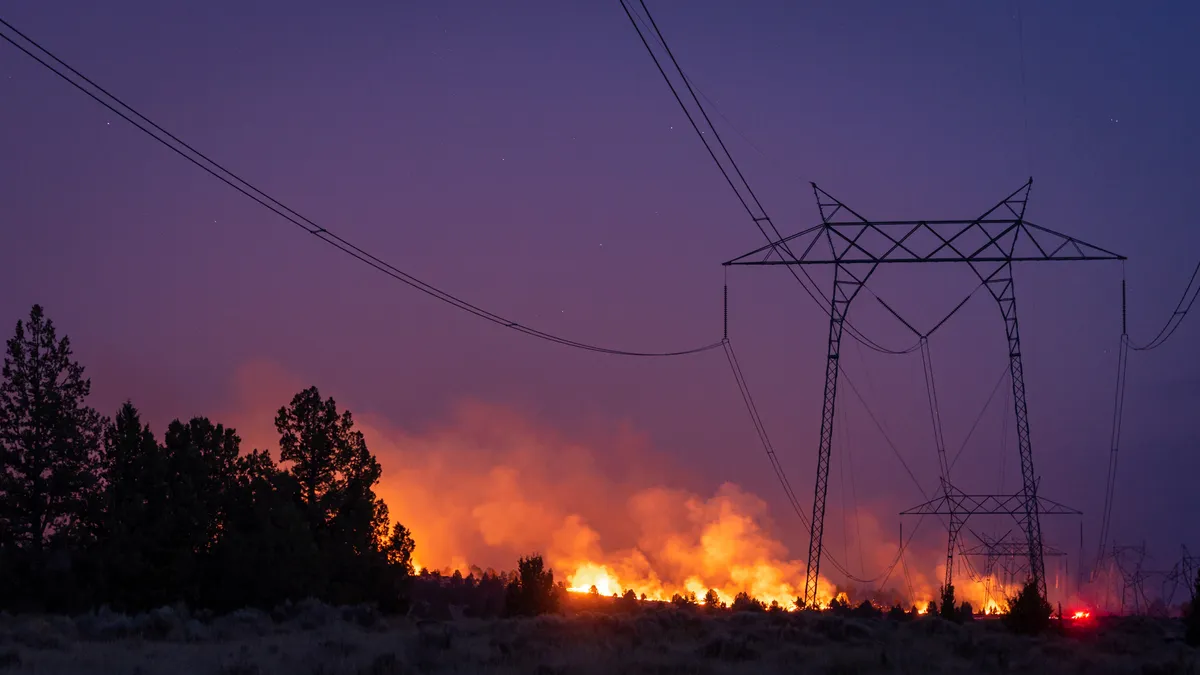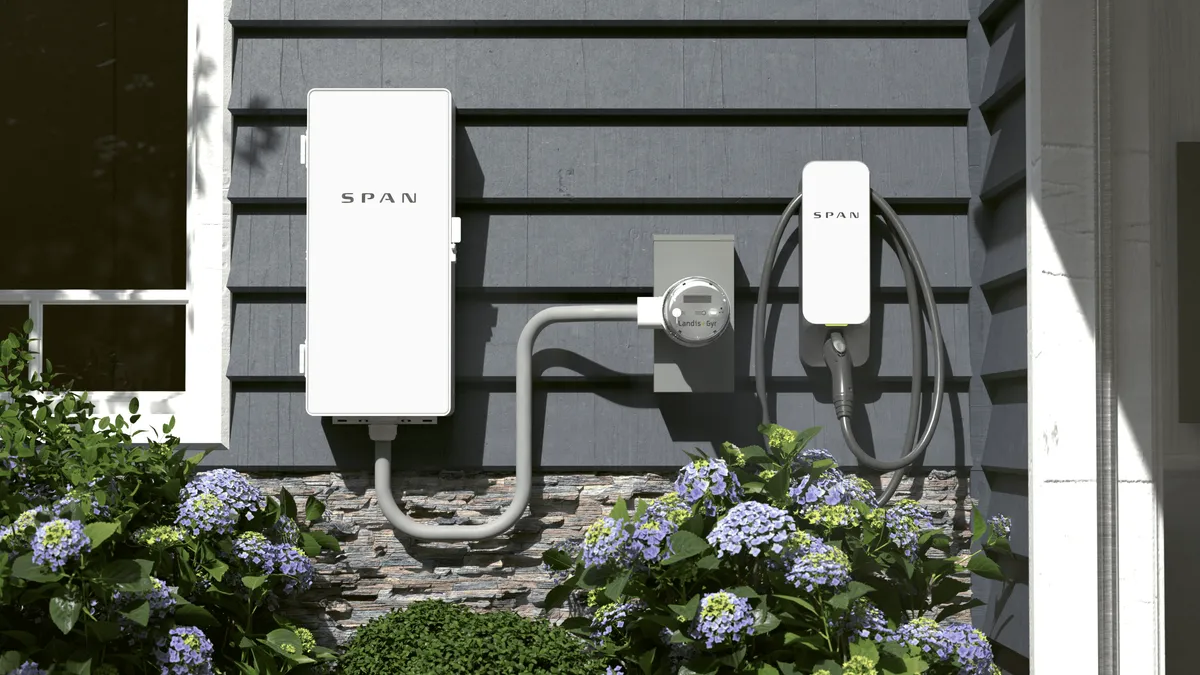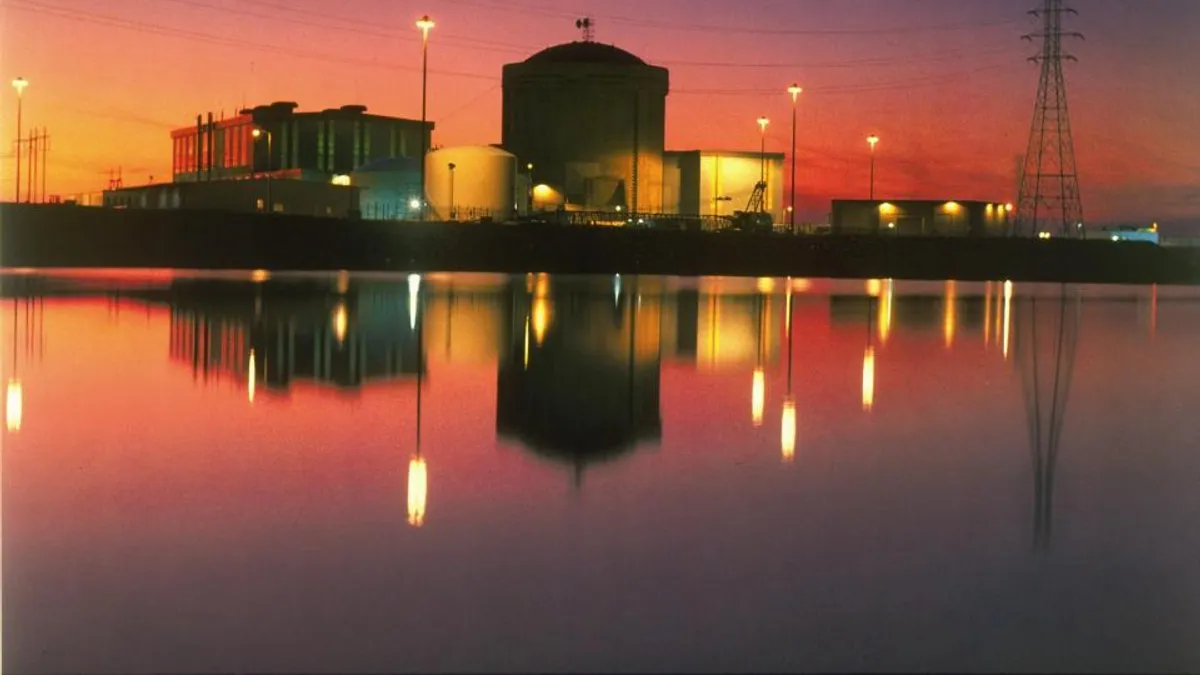Utility Dive readers,
Before the holidays, we asked you to predict what would happen in the electric utility industry in 2015. We were so overwhelmed by the response, we couldn't fit all the good ones in one post.
This article is part two in our series looking at the year ahead for the energy sector, including predictions from utilities, policymakers, researchers and more. You can read the first part in the Predictions 2015 series here.
Gavin Bade,
Associate Editor, Utility Dive
1. This will be 'the year of demand response'
Tom Kovalak, Business Manager II, Sacramento Municipal Utility District: 2015 will be the year of demand response.
I think utilities across the country, especially in California, will stop focusing so much on just preventing electricity from being consumed through energy efficiency and stop being dismayed by load growth. If we continue with lots of renewable and natural gas produced electricity, is it such a bad thing to make the meter spin a little more than it used to throughout the year if we can ensure the old and new load doesn’t become a hindrance on peak days? I’ve been in this industry since the mid-1980’s and spent many years developing and implementing EE and predominantly DR/DLC programs with no state mandates. We did it because it was the cost effective and “right” thing to do. Why build more power plants and infrastructure than you have to if you can just take the load off the grid when you need to?
Let’s get more heat pumps, mini-splits and even electric water heaters out there and combine them with pricing and control strategies that never allow them to be on peak, and it’s a win-win for everyone. If electric vehicles are supposedly the right way to go as compared to gasoline, diesel or even NG vehicles (they consume lots of electricity, but can be monetized to charge only off-peak), then why not any other electric load?
2. Distributed energy will 'overhaul' utility distribution networks
J. David Erickson, Public Utilities Regulatory Analyst, California Public Utilities Commission: On July 1, 2015, the “Big Three” CA IOUs will file their Distribution Resources Plans as application with the CPUC. These plans will arguably be revolutionary, as they will begin a complete overhaul of the utility distribution planning process to accommodate high penetrations of distributed energy resources.
These plans will identify optimal locations for cost-effective deployment of DER (renewable DG, storage, demand response, efficiency, electric vehicles) within the IOU distribution systems. This is a new paradigm for utility distribution planning.
3. 2015: The year the smart grid will be activated
Dean Schiller, CEO, CEIVA Energy: There’s been a spike in both consumer awareness and spending on home energy and automation technology. Consumers clearly love the comfort, convenience and control of smart thermostats like Nest. However, so far this growth has occurred largely outside of the reliable and secure communications layer demanded by utilities.
The good news is that utilities have already built and tested a secure, interoperable communications network on top of the smart meter. I predict that 2015 will be the year in which the power of the smart grid is finally activated. This activation will enable utilities to introduce more robust residential demand response programs that expand beyond the thermostat to a wider range of products and services – from pools, fountains and spas to water heaters and electric vehicles. These home energy technology solutions will help utilities deliver value to their customers while meeting energy efficiency mandates.
4. The 'Empire State of Mind' will catch on
Richard E. Walsh, LEED Green Associate, Washington Gas Energy Services: As the great Frank Sinatra once said: “If you can make it here, you can make it anywhere." New York is going to prove that Frank was right with its “Reforming the Energy Vision” (REV) or Utility 2.0 model. New York is fortunate to have Richard Kaufman, former Chairman of Levi Strauss (among other things) as the Energy Czar, and Audrey Zibelman, founder of Viridity Energy, former VP at PJM, etc as chairman of the NY Public Service Commission. Together they are working to create a model that allows utilities to serve more as a platform managing flow of electricity from distributed resources than a monopoly distributor of centralized generation. Other states are sure to follow in the footsteps of New York and conform to a value-based, distributed approach to managing electricity and reliability.
5. Cybersecurity expenditures will 'skyrocket'
Joe Turnage, Senior Vice President, Constellation Energy: The expenditures for cyber security will skyrocket in the utility sector. Increasingly, utilities are looking to reinvent themselves as energy solutions providers using value created from the connections between generation, smart grids, local energy networks, transportation, and storage. These connections are all about data that must be secured. Sony's problems have gotten this on the screen of utility boards and regulatory commissions.
6. Regulators will push utilities to address physical security risks
Steve Schneider, Chief Solutions Architect and Director of Technology Integration, Leidos: 2015 will be a year that utilities address a wide range of threats to the physical security of their assets. With FERC’s approval of the critical infrastructure protection (CIP) standard on physical security (014-1) from NERC, utilities will begin working through the six requirements laid out in the new standard, which is set to take effect on or about Jan. 26 and becomes enforceable around Oct. 1.
The new CIP standard addresses the physical security threats to and vulnerabilities of the U.S. power grid and reduces the overall susceptibility of the system to physical attacks. The standard outlines a security approach that focuses on the most critical facilities and incorporates risk management planning to mitigate a range of threat profiles.
7. Utilities will transform into 'trusted energy advisors'
Swap Shaw, CEO, FirstFuel: In the face of distributed generation, shifting regulations and increased consumer expectations, utilities will continue to face a changing market as we enter 2015. Customers today want control over their energy spending, and they want to access a broader range of energy options. They’re challenging the utility market as we know it by seeking out more cost-effective methods, like solar, energy efficiency, CHP and better building technologies. In response, utilities must find new, innovative ways to deliver value to customers.
2015 will see the speed of change increase for the utility market. Those that embrace change and leverage technology to better engage and educate business customers on their energy use will see success. They’ll transform from monthly bill senders to trusted energy advisors. Utilities have the opportunity to preserve their relevance and market share but they will need to actively engage in the waves of innovation sweeping through the sector.





















